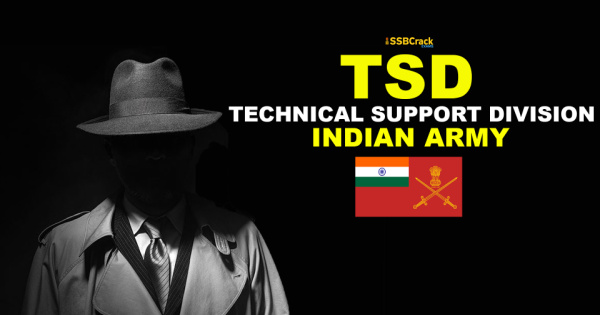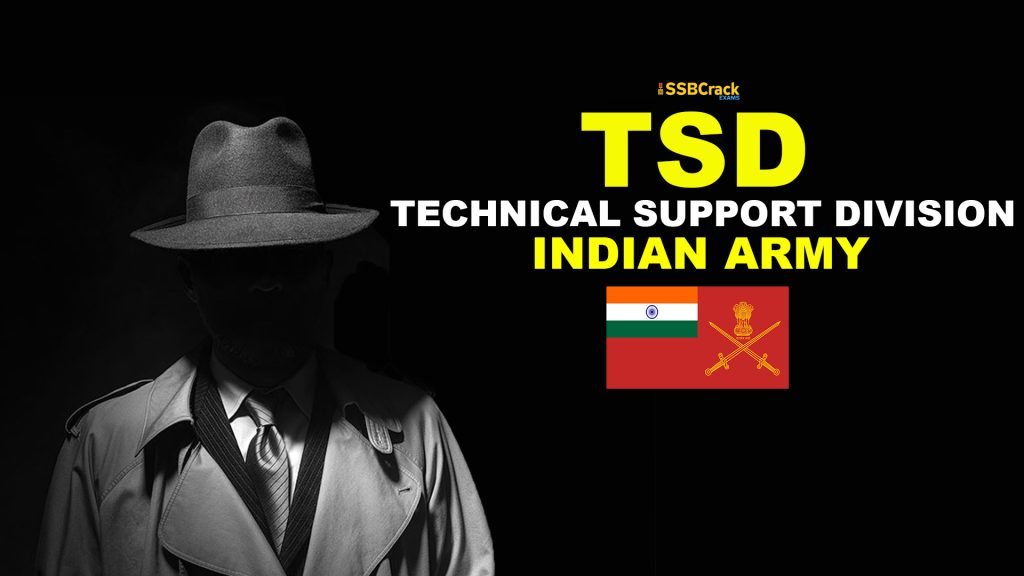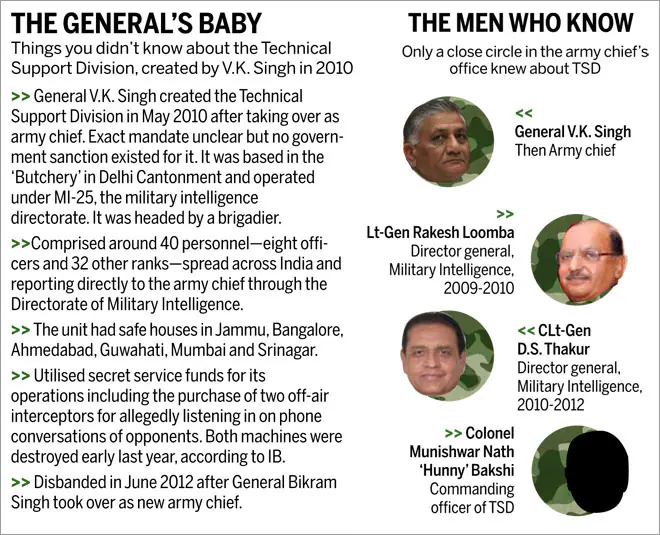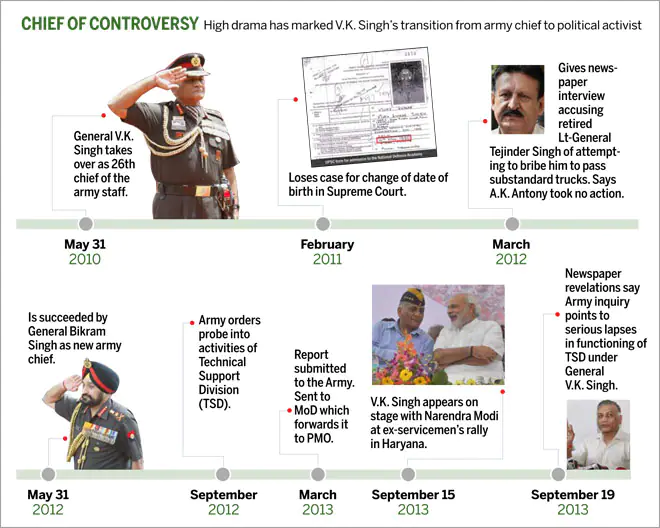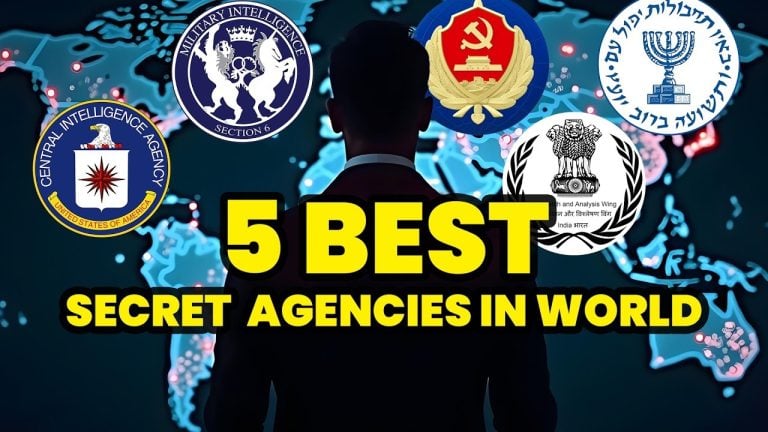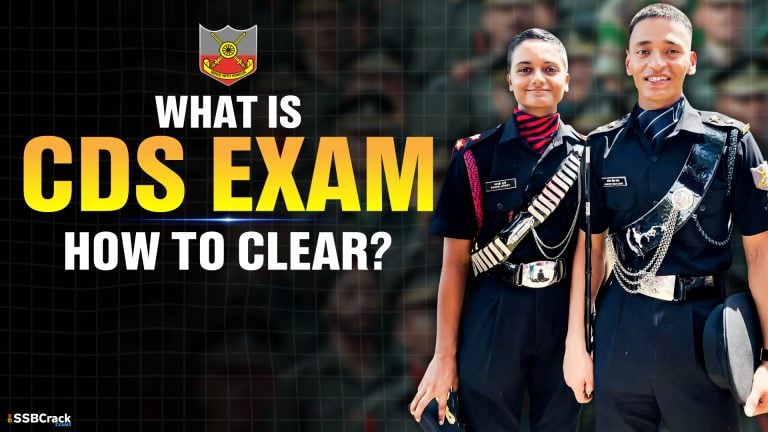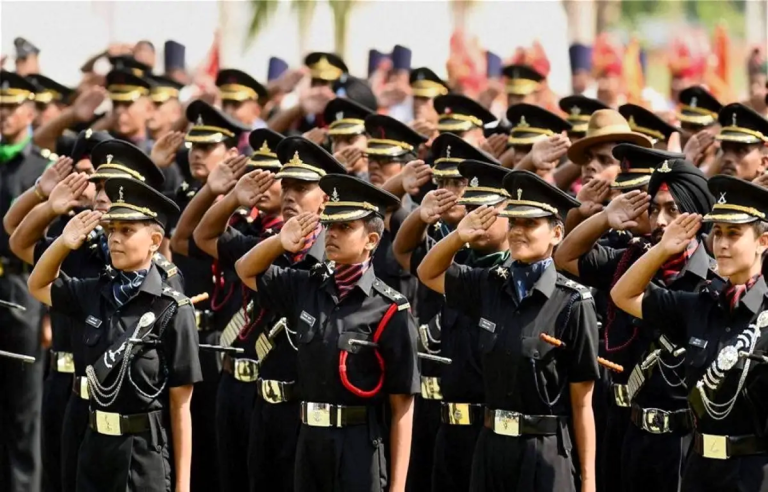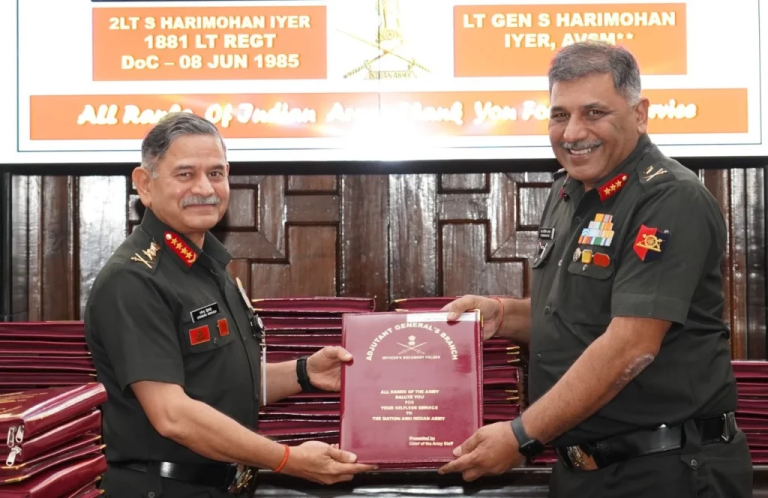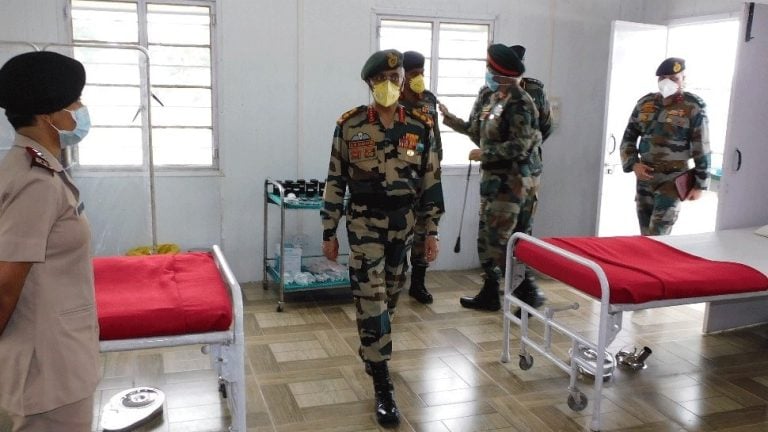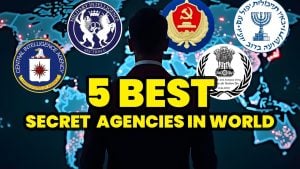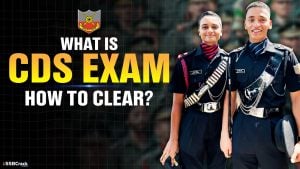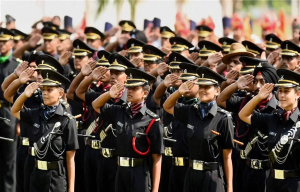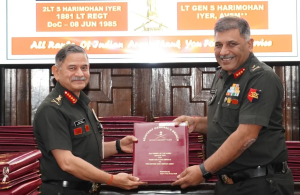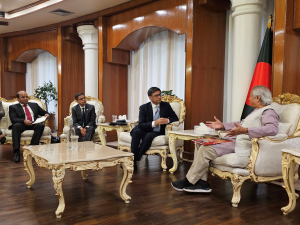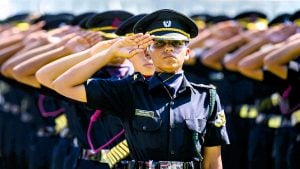Military intelligence is frequently referred to as the “brain” of a nation’s defence system. It is the covert force that is critical in shaping national security policies, detecting threats, and making strategic decisions that can affect the outcome of a conflict. Military intelligence operates in the shadows, gathering and analyzing information from various sources. In this blog, we’ll take a closer look at one of the most discrete Intelligence Units of the Indian Army and how it was formed, and what led to its fall. In this article, we will learn about TSD which is the Technical Support Division of the Indian Army.
TSD is a disbanded Unit of the Indian Army, and this article will generally express personal views with if’s and dont’s. We will particularly see what TSD was all about and why the Indian Army discontinued it. At last, we will also make some conjectures if there was a unit like the TDS, how the Indian Military Intelligence would at par with the other military Intelligence of the world.
The Creation of TSD
Following the 2008 Mumbai terrorist attacks, there was a perceived need for and impetus for the establishment of a new military intelligence unit. Following this, National Security Adviser M.K Narayanan attempted to determine whether Indian intelligence and security agencies were capable of attacking terror groups in Pakistan. When he discovered that no agency had this capability, he asked them to form a team. Lt Gen R.K. Loomba, chief of Military Intelligence, approached General V.K. Singh with the proposal in March 2010. General V.K. Singh gave the go-ahead, and Lt Gen R.K. Loomba assigned Colonel Munishwar Nath “Hunny” Bakshi to command and train the new unit.
Who was leading this group?
TSD was an ad hoc unit with no official sanction or war establishment authorization that met no government requirements. This meant that no soldiers could be assigned to the unit, so they were assigned to military intelligence unit 25. They did not, however, report to the Brigadier in charge of MI-25, but instead to the Chief of Army Staff. According to various accounts, the unit began with four officers and thirty-two men or six officers, five JCOs, and thirty men. The TSD was approved in writing by then-Defense Minister A.K Antony via an operational directive.
Colonel Bakshi chose these men. Among the officers chosen were:
- Lt Col Birdie, a former R&AW operative who received a gallantry award.
- Lt Col Sarvesh, a Kargil veteran and skydiver with over 3000 jumps.
- Lt Col Alfred, a negotiator who helped form a truce between the ULFA and the Indian army.
- Lt Col Zir, an intelligence operative known for having a large network and bringing about a ceasefire with the DHD.
- Lt Col Naughty, an expert in cultivating assets was credited for identifying the people behind stone-pelting incidents in Kashmir.
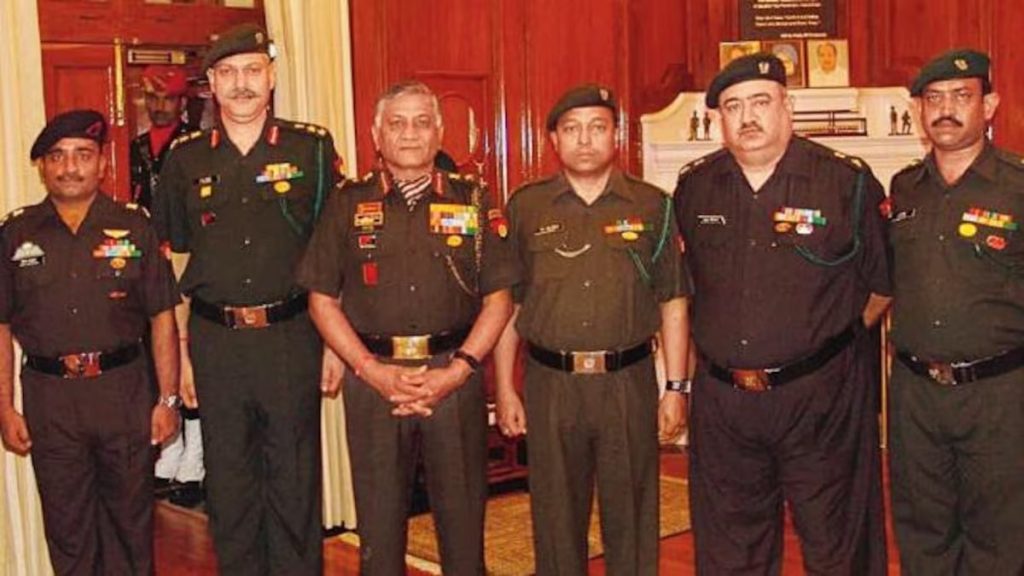

Goal and Objective of TSD
The primary internal focus of the TSD was to be in India’s North and North-East regions, as well as “inside-depth areas of countries of interest.” It was allegedly tasked with planning and executing special operations both domestically and internationally that “counter enemy efforts within the country by effective covert means”. Internal army approvals were granted so that the Military Intelligence Directorate could respond quickly to state-sponsored terrorism while maintaining a “high degree of deniability.” The TSD was also tasked with covering any tracks that led to it.
Another priority of the TSD was the pursuit of high-level terrorists deep within enemy territory, as well as psychological warfare. The TSD lacked official jurisdiction and mandate, resulting in clashes with other intelligence and counter-terrorism agencies. Formation commanders discovered TSD conducting operations in border areas without their knowledge, and at least one general complained to General V.K Singh, the then Chief of Army Staff, about TSD’s activities in Kashmir. There were also concerns about its legality, given that intelligence gathering and covert operations beyond Indian borders are handled by civilian agencies like the Research and Analysis Wing.
Place of Operating
TSD allegedly operated out of a two-story building in the Delhi cantonment known as the Butchery because it used to be a slaughterhouse during the colonial era.
Operations carried out by TSD
Because of the unit’s covert nature, little is known about its operations. Some details have been revealed as a result of media leaks and reports from various agencies. Initial reports on the team were positive, and missions were successful. Some of the missions were:
- Intelligence Gathering: TSD specialised in the development of deep assets and surveillance. The unit had amassed a large number of assets and contacts in Pakistan-occupied Kashmir by the time it disbanded. TSD also followed Syed Salahuddin, the Hizb-ul-Mujahideen chief, and received praise for it. TSD operations in the Northeast were also mentioned in a board of officers report.
- Covert Operations: TSD is accused of carrying out over eight covert operations abroad. The specifics of these operations are scarce, but they include:
- Operation inside a Pakistani Inter-Services Intelligence office in Faisalabad
- Making a secessionist chief in a neighboring country’s province
- Executing “eight low-intensity bomb blasts in a neighboring country”.
When it was active, the TSD was also credited with halting the flow of illegal arms from insurgents in the North East and Myanmar to Naxals in Chhattisgarh and Andhra Pradesh. TSD is also accused of kidnapping and transporting two high-ranking terror group leaders to India.
The Fall of Technical Support Division
According to defence journalist Ajit Kumar Dubey, General Bikram Singh and General Dalbir Singh Suhag saw the fight between General V.K Singh and the defence ministry over his age as an attempt to derail their chances of succeeding him. This led to increased criticism of General V.K Singh’s initiatives, the most prominent of which was TSD. As a result, numerous allegations were leaked to the media. When General Bikram Singh took over as COAS, he ordered an investigation and disbanded the unit. A CBI investigation was also requested, but this was denied by A.K Antony, who was concerned about foreign reactions to further coverage of TSD’s actions. Many DGMI officers still believe TSD was simply caught up in a political squabble.
Misuse of Funds
After General V.K Singh retired, Lt Gen Vinod Bhatia, Director General of Military Operations, conducted an investigation into TSD. The inquiry discovered that 8 crores of the TSD’s 20 crores were unaccounted for; however, the inquiry gave Colonel Bakshi the benefit of the doubt because the operations were covert and required an element of deniability. According to media reports, TSD officials travelled frequently to Dubai and London on their personal passports, implying corruption, but nothing came of this.
Attempts to influence domestic politics in J&K
More media reports followed, accusing General V.K Singh and the TSD of bribing Kashmiri politicians in order to destabilize the Omar Abdullah government. According to the media, this was accomplished by paying Rs 1.19 crore to Ghulam Hassan Mir, then J&K Agriculture Minister, with the intention of destabilizing the J&K government. Critics questioned how a single independent MP could accomplish such a feat.
After-Effects
After the initial investigation, more ones were held, but no illegal activity was discovered. Upon disbandment, TSD officers were given assignments of punishment without the ability to file charges. Quartermaster Colonel Bakshi was assigned to Ladakh. Bakshi checked himself into the psychiatric department of the Army Base Hospital in Delhi after finding it difficult to handle the bullying and animosity he received from superiors. His wife also informed the military ministry and the prime minister about his suicidal thoughts in a letter.
The GOC Delhi Area recommended a court marshal against three TSD officers in September 2015. The trial against Colonel Bakshi began in August 2017 and came to a close in March 2018 when the GCM withdrew all charges.
What if TSD was still alive?
If the technical support division was still a part of the Indian army, it would likely have a significant impact on the army’s capabilities and operations.
Firstly, having a dedicated technical support division within the army would enable the army to maintain and conduct its own military operations covertly just like the CIA or Mossad. As we read, in the initial years of TSD, it was effective in all of its operations, considering a time when without any political interference and restrictions the army was able to perform all of its operations. But it is rightly said, with positives come negatives, but I believe with some more mandates and proper structure, TSD would have been a great asset for the Indian Army ensuring that the army is always ready to respond to any threat or emergency situation.
To crack the SSB Interview and join the Indian Army as an Officer, You can join our SSB interview live classes batch and we recommend you to Enroll SSB INTERVIEW ONLINE COURSE. Trusted by thousands of defence aspirants.
Also read:
- How To Join The Army Intelligence Corps
- Top 10 Indian Intelligence Agencies You Must Know
- Top 10 Important Intelligence Agencies In The World

